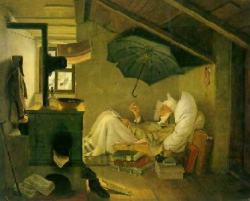
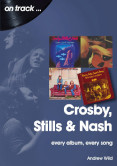


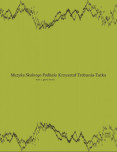

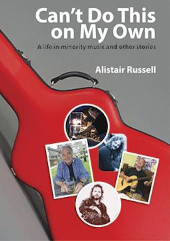
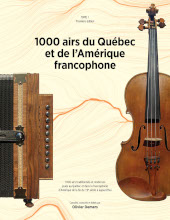
A mammoth task, a labour of love certainly, and a unique achievement in the cadre of North American French culture: this collection has taken many years and is the first large-scale documentary record of what we think of as French Canadian or Acadian instrumental music. Olivier Demers, fiddler with the world-renowned Québécois folk band Le Vent du Nord, is well aware of the roots of this music, and of the tensions created by making it more widely available with this book: in a poignant preface, he explains that this is really an oral tradition, that there are disadvantages to trapping it in a text, and that it is far from complete: there is certainly enough material absent from this "Volume 1" to justify a second volume in due course.
Olivier also acknowledges that the tendrils of this musical tradition extend into New England, Nova Scotia and other Canadian provinces, as well as among the many Métis communities who may or may not speak French as a first language but whose influence has been considerable on French Canadian culture. When we speak of the Quebec tradition, we must remember that this is just a shorthand for a complex web of traditions. And of course we shouldn't forget the contribution of Scots and Irish immigrants, adding their Celtic spirit to the mix of Gallic and indigenous cultures. There's an interesting parallel between this book and the 1001 tunes collected and published by Captain Francis O'Neill in Chicago over a century ago: that too is a snapshot of a tradition, Irish American largely, and while it may have changed the course and sweep of Irish music, there are few who would argue that it has had a negative impact overall.
Demers has assembled 1000 pieces here, numbered and ordered alphabetically with a list at the back of the book, from 2éme partie du Set Carré é Pitou Boudreault all the way to Yvon-t-y finir. The nature of French tune names means that alphabetic order happily groups all the 6/8s together, all the Gigues together, all the Reels together, all the Valse-Clogs together. Typeset in a clear and easy to read style, with occasional comments, a few lyrics, different versions sometimes, and various other helpful touches, this collection is very accessible both as a lucky dip and as a resource for finding that elusive tune whose name you heard at a session. Many pieces have known composers, and almost all have sources noted, so there is always a connection back to the tradition. Bowings and most ornamentations are deliberately avoided: these are left to the individual to choose, or to the oral tradition to teach.
As well as three hundred and some pages of music, there is also a lengthy introduction which explains the evolution of the Quebec tradition, lists many other reference works for those who wish to go deeper, and provides pointers to some of the most well known Québécois musicians of the past hundred years whose music is still readily available. All the text is in French, of course, thoughtful and informative, assuming you can read French! Olivier Demers makes the point a few times that this work is far from complete, and is not intended to replace the traditional ways of spreading or learning the music of Quebec: it is a taster for those who come from other musical genres, an aide mémoire for musicians who find it easier to remember with a printed prompt, and a reference for those of us who want to identify or verify a particular melody. I used it myself the other day to check the tune L'homme à deux femmes, listed just after the dozens of Hommages to great musicians. As well as being great value for money, 1000 airs du Québec et de l'Amérique francophone is an impressive-looking volume and will stand the test of time I think! Just remember - the written music is the departure point, not the destination, and the pleasure is in the personal voyage which starts with this book.
Alex Monaghan
Photo Credits:
(1ff) Book/CD Covers,
(by folkBALTICA);
(6) Benedicte Maurseth (by Dagmar Hinrichsen).
(from website/author/publishers).